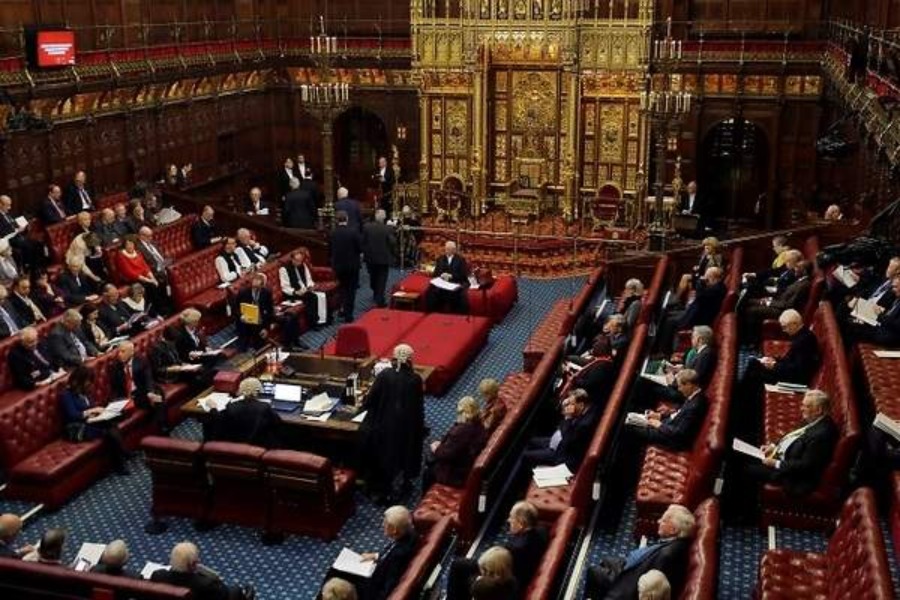Major UK pensions bill becomes law
The UK’s Pension Schemes Bill became law today upon receiving Royal Assent, with the government describing the event as confirming “the biggest shake-up of UK pensions for decades”. Introduced in the House of Lords in January 2020, the bill completed its passage through parliament last month after the government gave reassurances in relation to proposed funding rules. Read also UK roundup: £1trn of DB pension risk to be insured by 2031, says Hymans Guy Opperman, minister for pensions, said the Royal Asset...


